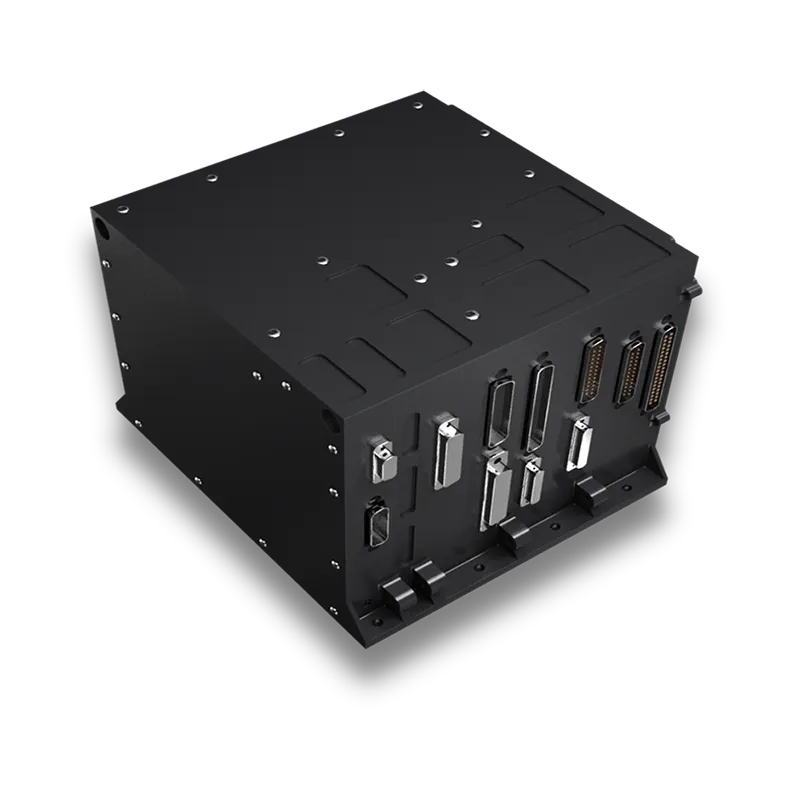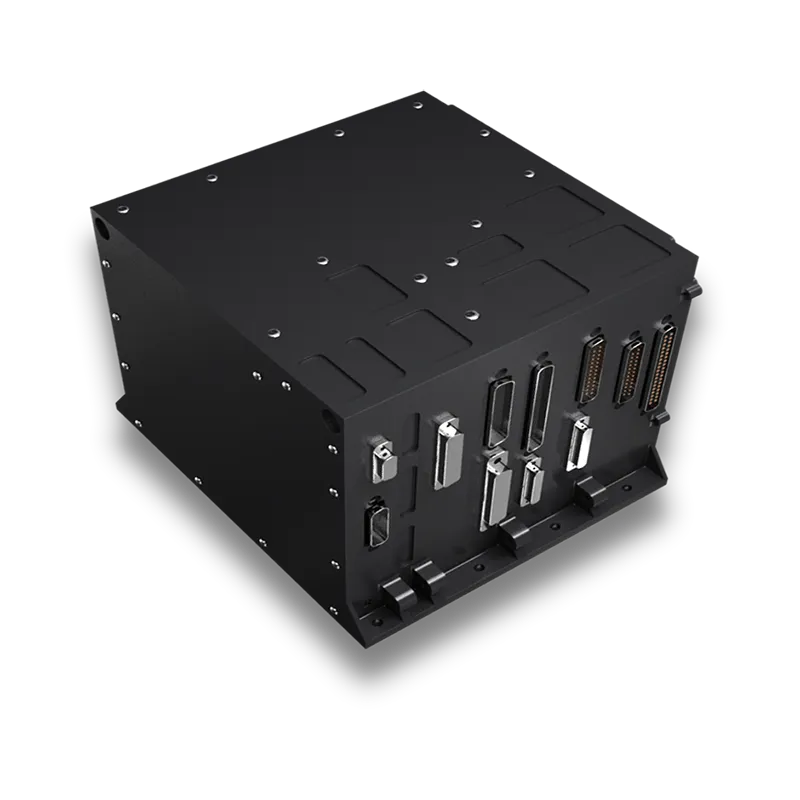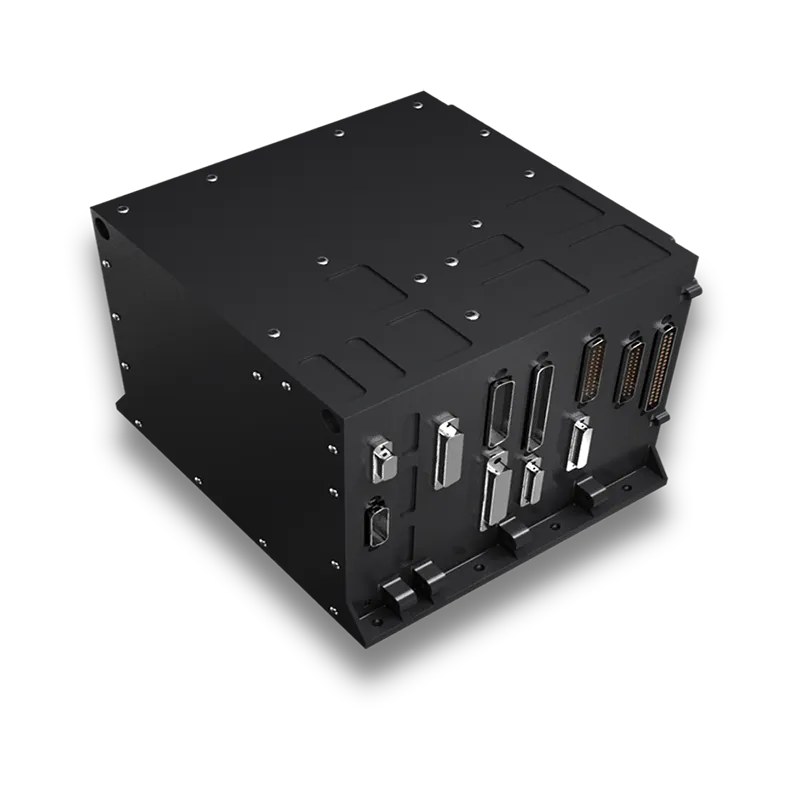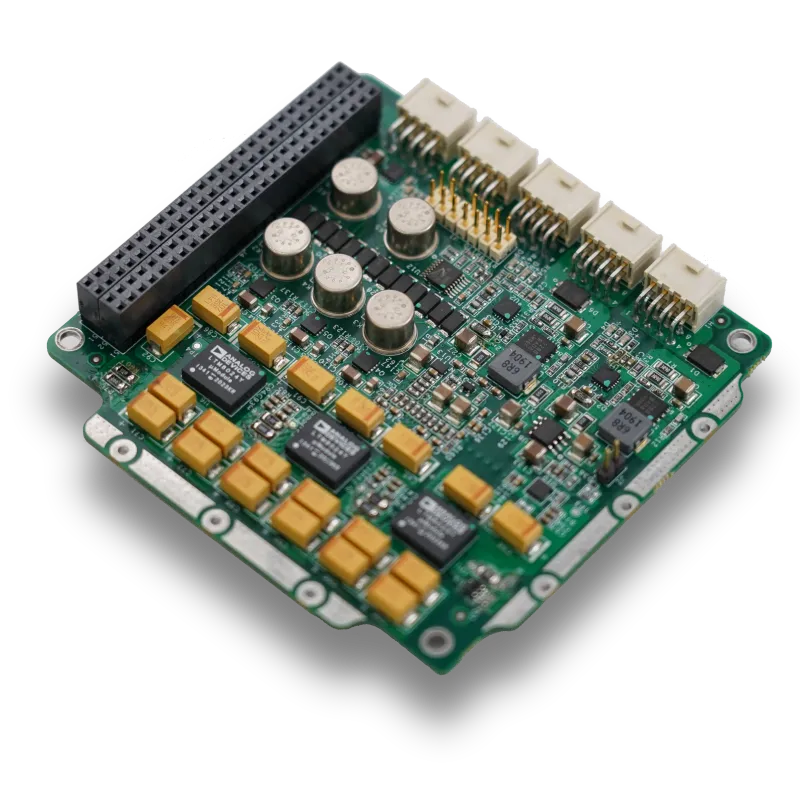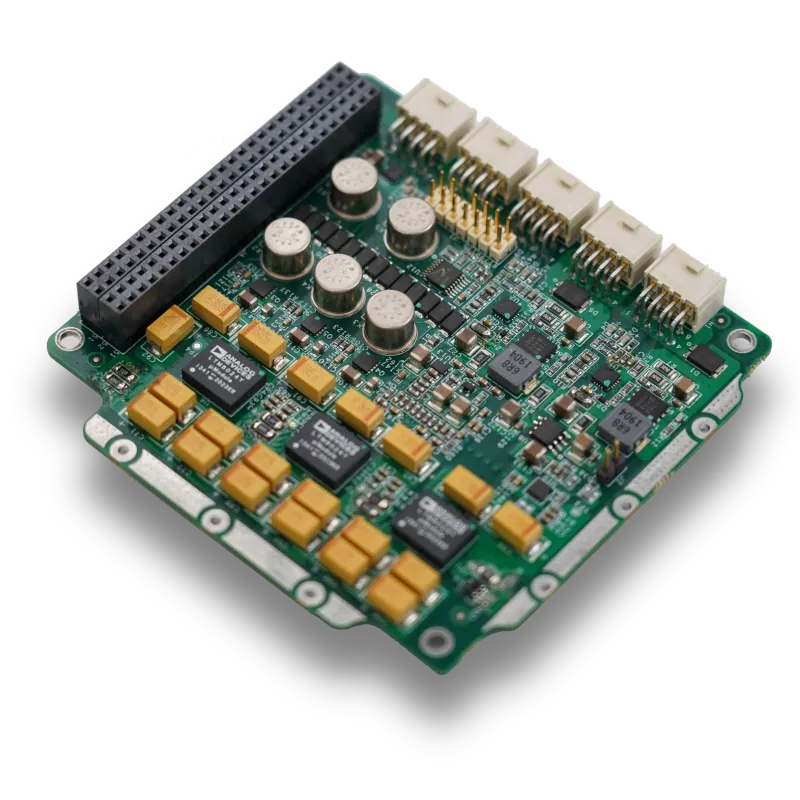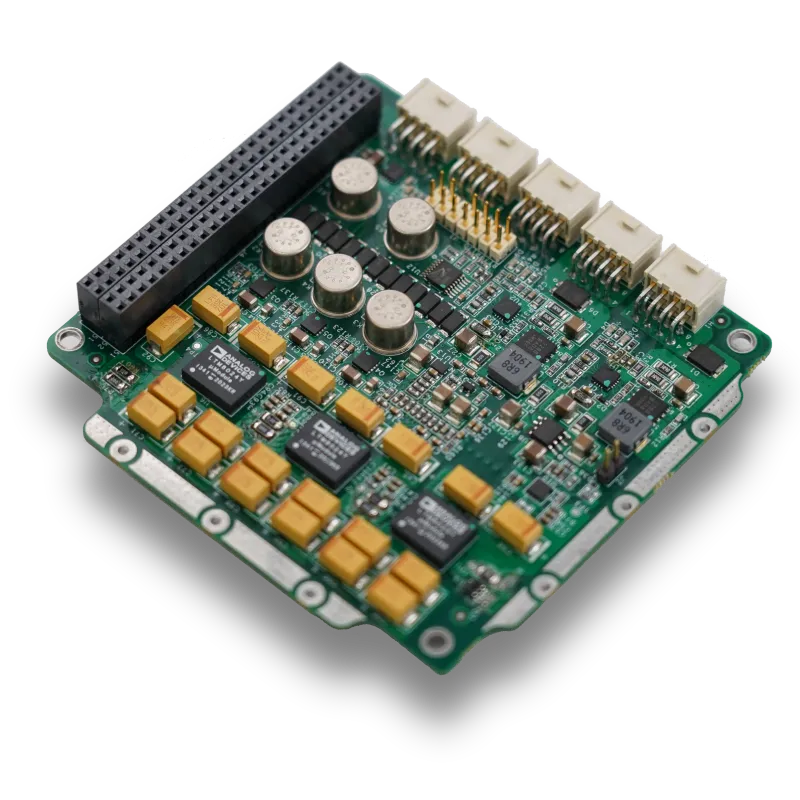
- afrikanska
- albanska
- amhariska
- arabiska
- armeniska
- azerbajdzjanska
- baskiska
- vitryska
- bengaliska
- bosniska
- bulgariska
- katalanska
- Cebuano
- Kina
- korsikanska
- Kroatisk
- tjeckiska
- danska
- holländska
- engelska
- esperanto
- estniska
- finska
- franska
- frisiska
- galiciska
- georgiska
- tyska
- grekiska
- Gujarati
- haitisk kreol
- Hausa
- hawaiianska
- hebreiska
- Inga
- Miao
- ungerska
- isländska
- igbo
- indonesiska
- irländsk
- italienska
- japanska
- javanesiska
- Kannada
- kazakiska
- Khmer
- rwandiska
- koreanska
- kurdiska
- kirgiziska
- Arbetskraft
- latin
- lettiska
- litauiska
- Luxemburgiska
- makedonska
- Madagaskar
- malajiska
- Malayalam
- maltesiska
- Maori
- Marathi
- mongoliska
- Myanmar
- nepalesiska
- norska
- norska
- occitanska
- Pashto
- persiska
- polska
- portugisiska
- Punjabi
- rumänska
- ryska
- Samoan
- skotsk gaeliska
- serbiska
- engelska
- Shona
- Sindhi
- singalesiska
- slovakiska
- slovenska
- somaliska
- spanska
- Sundanesiska
- Swahili
- svenska
- Tagalog
- tadzjikiska
- Tamil
- tatariska
- Telugu
- Thai
- turkiska
- turkmeniska
- ukrainska
- Urdu
- Uigur
- uzbekiska
- vietnamesiska
- walesiska
- Hjälp
- jiddisch
- Yoruba
- Zulu
Satellite Communication Components and the Structure of Modern Space Systems
The world of satellite communication components is vast, covering everything from structural hardware to the intricate electronics that enable global connectivity. At the core of any orbital mission lies a set of essential satellite components, without which data transfer, navigation, and observation would be impossible. In recent years, smaller spacecraft like CubeSats have transformed the landscape, introducing miniaturized cubesat components that can perform many of the same functions as larger satellites. Whether the mission involves Earth imaging, weather tracking, or scientific experiments, the parts of satellite communication remain indispensable. These include transmitters, receivers, antennas, power supplies, and thermal regulation units, all of which must be designed to withstand the extreme conditions of space. Additionally, the satellite ground station components on Earth serve as the bridge between spaceborne systems and operators, allowing continuous monitoring, data reception, and command uplinks. Engineers must also understand the basic components of satellite communication so that the components of a satellite communication system integrate seamlessly with both the satellite bus and its mission payload. Every piece—from components of satellite communication to parts of satellites—plays a critical role in mission success. Even specialized satcom components like high-frequency filters, power amplifiers, and waveguides can determine the efficiency of the overall system. Without precise engineering, careful integration, and rigorous testing, none of these interconnected systems would function as intended.
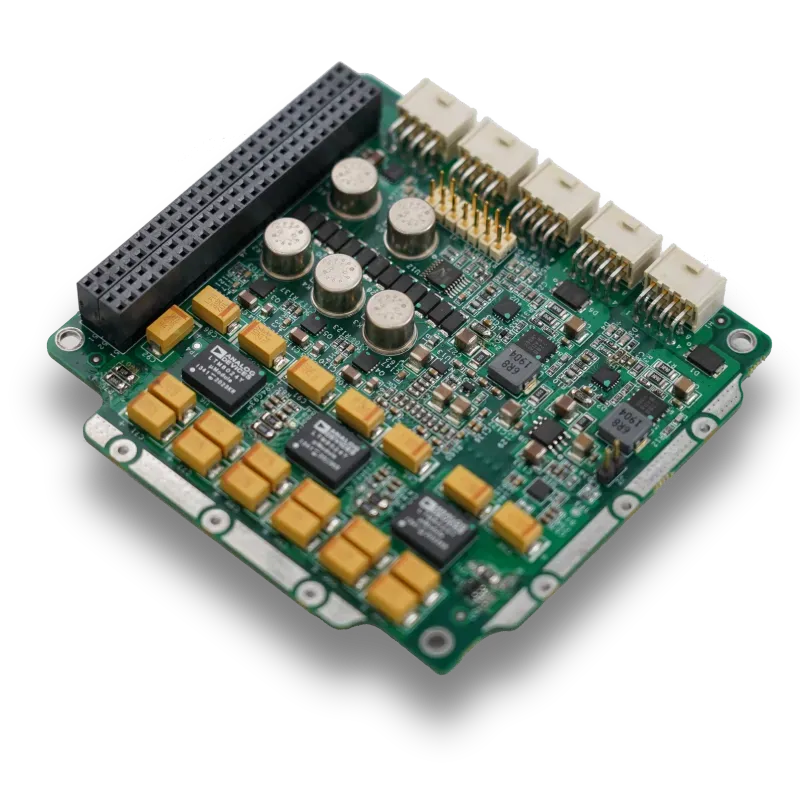
How components of a satellite communication system work together
The components of a satellite communication system operate in harmony, enabling the exchange of information between orbit and Earth. Onboard, the satellite components include antennas to transmit and receive data, transponders to amplify and convert frequencies, and onboard processors to manage signals. These are supported by satcom components like modulators, demodulators, filters, and power amplifiers, all designed to ensure minimal loss and high signal quality. The basic components of satellite communication also extend to energy systems—typically solar arrays and batteries—that provide consistent power to all electronics. For smaller spacecraft, cubesat components must be optimized for weight, size, and power efficiency, ensuring they fit within the compact satellite frame. The parts of satellite communication link with satellite ground station components on Earth, which use large dish antennas and tracking equipment to maintain contact even when the satellite moves at high orbital speeds. Engineers designing the components of satellite system must account for environmental challenges like radiation, micrometeoroid impacts, and thermal fluctuations, ensuring that the parts of satellites can operate without failure. This collaborative interaction between spaceborne and terrestrial hardware is what makes modern satellite communications possible.
The role of satellite ground station components in operational reliability
Operational reliability in satellite missions depends heavily on satellite ground station components. These ground-based facilities are equipped with precision tracking systems, high-gain antennas, signal processing units, and network infrastructure that connect directly to mission control centers. They interface with the components of satellite communication in orbit, ensuring that commands from Earth are received accurately and that telemetry data from the spacecraft is processed in real time. For CubeSats, ground stations must be optimized to handle shorter communication windows, meaning that every second counts when downloading data or uploading instructions. Parts of satellite communication like antennas, transponders, and amplifiers must therefore be perfectly synchronized with the satellite communication components on the ground. This is especially critical when multiple satellites share the same network or when parts of satellites must communicate through relay systems. The basic components of satellite communication at the ground station—frequency converters, amplifiers, filters, and monitoring equipment—are chosen not just for performance but also for their ability to maintain service continuity in all weather conditions. Integrating these with components of a satellite communication system ensures mission operators can monitor health status, adjust parameters, and respond rapidly to unexpected events. Without robust satcom components at the ground level, even the most advanced spaceborne components of satellite system would be ineffective.
Designing cubesat components for efficiency and adaptability
One of the most innovative trends in the space industry is the rapid advancement of cubesat components, which are redefining how missions are planned and executed. Unlike traditional large satellites, CubeSats rely on ultra-compact satellite components that must deliver maximum functionality within a minimal volume and weight. The parts of a cubesat often include miniaturized antennas, low-power transmitters, onboard computers, attitude control systems, and small-scale propulsion units. These are paired with specialized satcom components designed for low-energy but high-efficiency performance. While the parts of satellite communication in a CubeSat are smaller, they still follow the same fundamental principles as the basic components of satellite communication in larger missions, ensuring compatibility with satellite ground station components. Engineers must also integrate the components of satellite system to support different payload types—whether for Earth observation, scientific measurement, or educational projects. The adaptability of cubesat components makes them ideal for multi-satellite constellations, where many small satellites work together to achieve a collective goal. Each component of a satellite communication system is carefully tested to handle launch stress, space environment hazards, and prolonged operation, ensuring the parts of satellites remain functional for as long as possible. By focusing on efficiency, adaptability, and reliability, CubeSats demonstrate how advanced engineering of satellite communication components can lead to cost-effective and versatile space missions.






